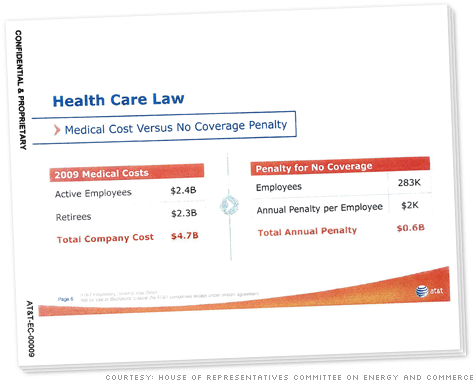INTERIM FINAL REGULATIONS ADDRESS RETIREE REINSURANCE PROVISIONS OF HEALTH CARE REFORM
[Early Retiree Reinsurance Program, 45 CFR Part 149, 75 Fed. Reg. 24450 (May 5, 2010)] Available at http://edocket.access.gpo.gov/2010/pdf/2010-10658.pdf
Recent health care reform legislation includes a program for the reimbursement of participating plan sponsors who provide health coverage to early retirees (“early retiree reinsurance program”). The law requires the program to be implemented within 90 days of enactment but the interim final regulations released this week contemplate that the program will be open earlier, by June 1, 2010. Under the program, plan sponsors who have been certified by HHS may receive reimbursement for 80% of certain early retiree claims. The regulations clarify many details of the program. Here are some highlights:
Early Retiree Defined. “Early retirees” for this purpose generally are participants in an employer-sponsored health plan who are age 55 or older, are not active employees, and are not eligible for Medicare. The term includes the spouse and other dependents of the retiree, regardless of their age and Medicare eligibility. “Dependent” is defined by the terms of the plan, not by the federal tax code.
Amount of Reimbursement. For each early retiree, a plan sponsor may receive reimbursement of 80% of the costs both incurred and paid for health benefits exceeding $15,000, but not exceeding $90,000, during the plan year. “Health benefits” is broadly defined in the regulations to include benefits for the “diagnosis, cure, mitigation, or prevention of physical or mental disease” and specifically excludes HIPAA excepted benefits. Costs for this purpose include amounts paid by the early retiree through co-pays, deductibles, etc. and must reflect any negotiated price concessions. “Costs” for an insured plan include actual claims paid, not premium amounts.
Programs and Procedures. To qualify for the program, the sponsor’s plan must include programs and procedures that generate (or have the potential to generate) cost savings with respect to participants with chronic and high-cost conditions. (According to the regulations’preamble, these policies and procedures do not need to be newly created for the program). The sponsor must have a written agreement with its plan or insurer to make required disclosures (including disclosures of health information protected by HIPAA), and must maintain policies and procedures to detect and reduce fraud and abuse.
Application Process. Before submitting a claim, a plan and its sponsor must be certified by HHS. To become certified, the plan sponsor must submit an application. Detailed application requirements are included in the regulations. Among other things, the plans sponsor must designate the plan years covered by the application and must include the projected reimbursement amounts for each of the first two plan year cycles. Applications will be processed in the order received. If an application does not satisfy all of the requirements, it will be rejected and the plan sponsor will need to submit a new application, which will be processed according to the date it was resubmitted.
Use of Reimbursements. The sponsor is required to use the reimbursements to lower its health benefit premiums or costs, to lower costs for plan participants, or any combination of the two.
Reimbursements may not be used as general revenue for the plan sponsor, a rule that the preamble interprets as requiring sponsors to maintain their level of plan contributions (for example, according to the preamble, it would be appropriate for a plan sponsor to use the reimbursement to cover its share of premium increases from year to year).
Transition Rule. Plan sponsors may submit claims for plan years that begin before June 1, 2010 and end on or after that date. However, costs incurred prior to June 1, 2010 can be used only to satisfy the $15,000 cost threshold. For example, for a 2010 calendar-year plan, costs incurred before June 1 can be used to satisfy the $15,000 threshold, but only costs incurred from June 1 to December 31 may be reimbursed (once the $15,000 threshold is met and up to the $90,000 maximum).
Given that funds are limited to $5 billion, plan sponsors who wish to participate would be well advised to get their applications in as early as possible. But because applications that do not satisfy all of the requirements of the regulations will be rejected and placed at the “end of the line” for processing, sponsors should also carefully review the requirements and make sure to satisfy all of them in their initial application.



 By
By